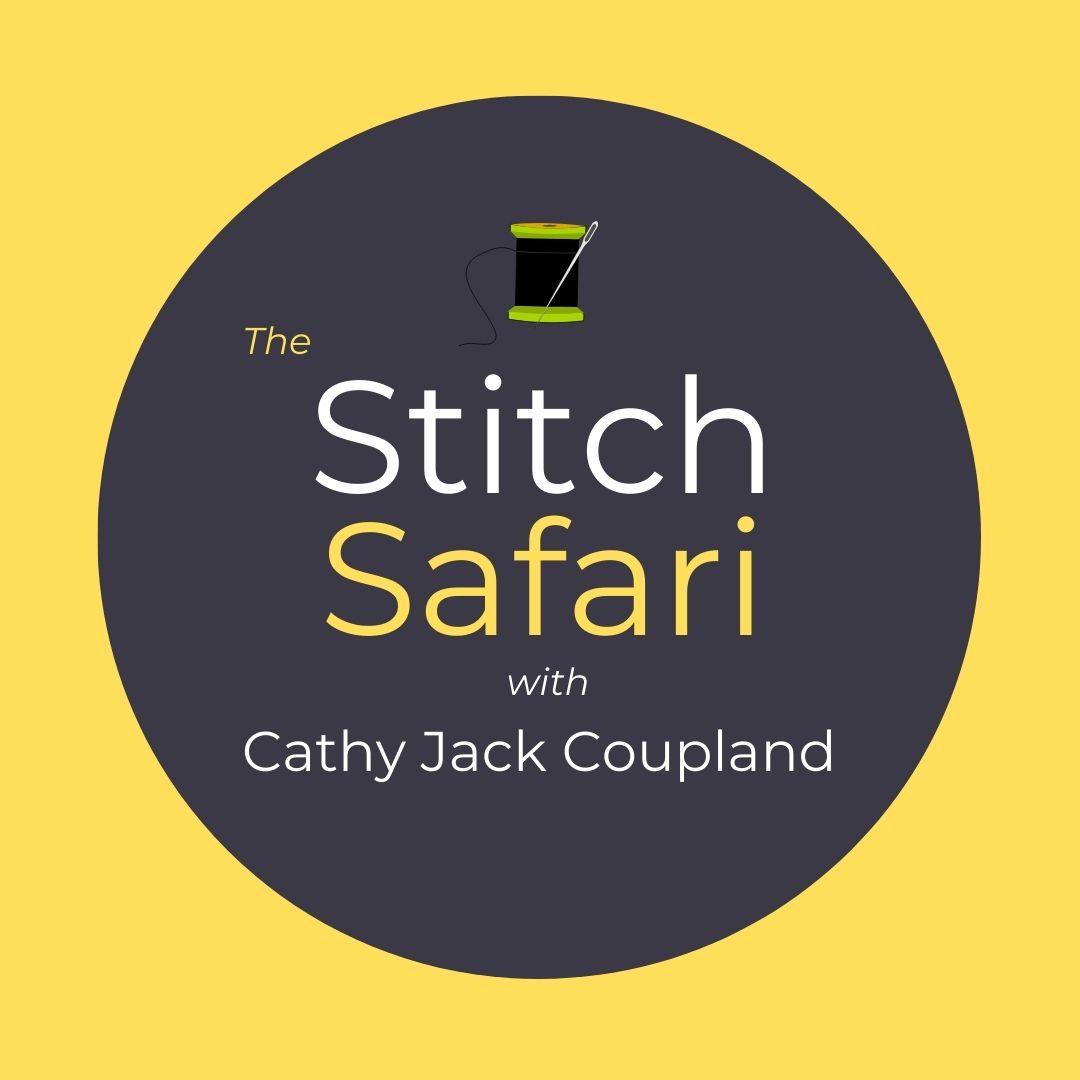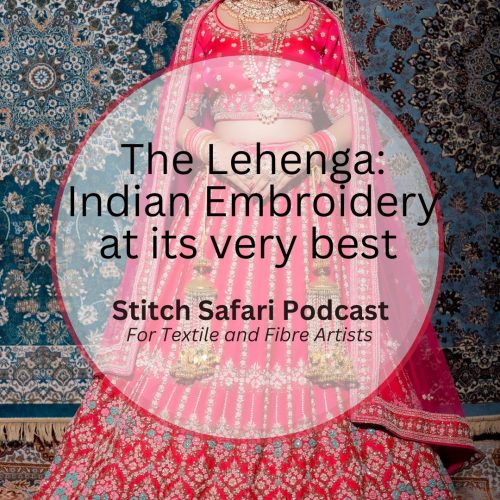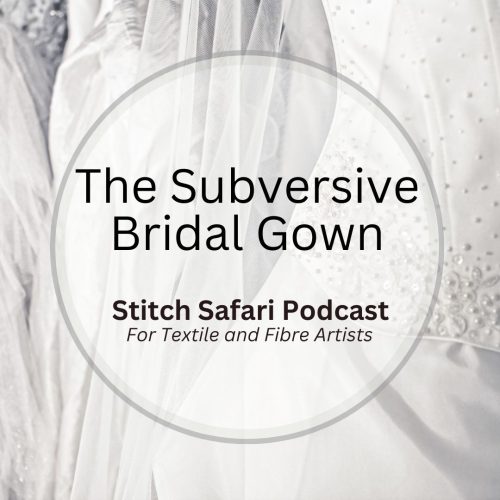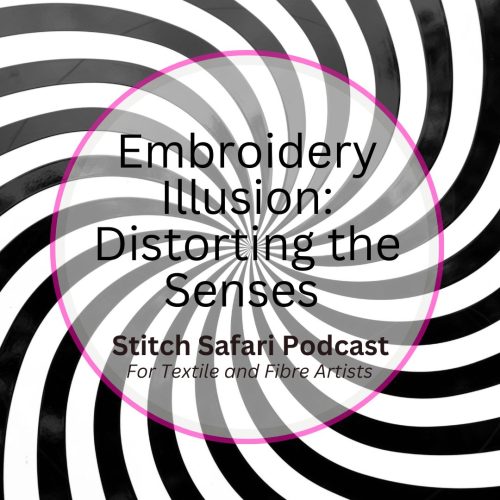Mexican artisans have been creating colourful textiles for thousands upon thousands of years – often identifying the maker’s ethnic group or village.
Mexican Otomi or the more simplified Tenangos embroidery, is a vibrant celebration of riotous colour, incorporating a mix of both ancient and modern culture – but also showcasing the Otomi’s ability to overcome adversity – in the process, developing an international reputation for these magnificently embroidered, colourful textiles.
In fact, this joyous, highly stylized, rainbow-coloured design format has become so popular it features on a range of commercial items, such as everyday clothing, high fashion, crockery, furniture, and even mobile phone covers.
This commercialized version of traditional Otomi embroidery, however, developed in the 1960s in response to an economic crisis caused by severe drought and was designed to bring in new sources of income for the people living on the central Sierra Madre Oriental mountains and plains.
The main feature of this style of embroidery is the highly stylized figurative elements though to be based on animals and plants depicted on ancient cliffs and cave paintings in the area as well as Amate paper cut-outs made by local Shamans and healers – yet also characterizing the influences of both the Spanish and Aztec aesthetics as well.
Graphic and abstractly modern, these designs are a juxtaposition of a well-controlled use of positive and negative space – made freehand by the native artists, who work with great confidence, speed, and accuracy, fluidly capturing a menagerie of animals such as armadillos, squirrels, and deer.
Watch this short video entitled Mexican Artisanal Embroidery, uploaded by Mexico Giveaways Artisan Crafts and Gift Experiences.
But this modern style of embroidery only began a few hundred years ago with Spanish colonization. Although the Otomi had used embroidery techniques prior to colonization, afterward the Otomi women began to embroidery in the European style, leading to it becoming a traditionally female craft, passed down from generation to generation.
The economic crisis in the 1960s forced the Otomi to look to their heritage for new income streams – and embroidery – deemed a living art combining both ancient and modern art, was their choice.
The forms and shapes in the designs are deeply rooted in ancient times, but also symbolize a level of harmony between the natural world and the human world, forming a connection with their ancient myths, stories, and rituals.
Some motifs symbolize wisdom and important news or the cardinal points, healing ceremonies, migration, and nature – while others represent helpful and harmful spirits as well as those that serve as intermediaries between the human world and that of the spirits.
Designs are quickly drawn onto cloth, creating surprisingly well-balanced patterns which are then worked in saturated colours using a satin stitch variation, which the Otomi call ‘blind stitch’.
This stitch is worked entirely on the surface of the cloth, unlike traditional satin stitch, picking up only a few threads on either side of the motif. This creates a stitch that looks a little like a very narrow herringbone stitch – creating an economical filler stitch that is worked at great speed.
The embroidery is then washed and prepared for sale.
No two designs are alike – and all are drawn from memory. Some must take months if not years to complete.
This is one time where embroidery defines the textile – not the cloth, not the weave, and not the dyes used, but the actual process of hand stitching the brightly coloured designs into complex and lively textiles that have become a major source of fascination and income.
Approximately 1,200 artisans practice this craft in the region today, not only associating their amazing textiles with Mexico but also recognizing the Otomi people in the great land of the Maya and Aztecs, helping them maintain a connection with their land and heritage while honoring their ancestors and preserving their Mexican traditions.
Some designers have made a concerted effort to source this embroidery work directly from the indigenous Otomi artisans, ensuring they profit directly from their work, others do not.
The French Fashion house Hermes collaborated with Otomi artisans for a line of colourful, eye-catching tenangos designs as an instrument of ‘preserving and passing on from generation to generation the ancestral techniques that yield products of excellence.’
Really, using culturally significant designs comes down to being respectful of other people’s work and their ability to earn an income from it.
Image Credit: Woman selling Otomi embroidery in Tequisquiapan, Queretaro, Mexico, Photo by AlejandroLinaresGarcia





